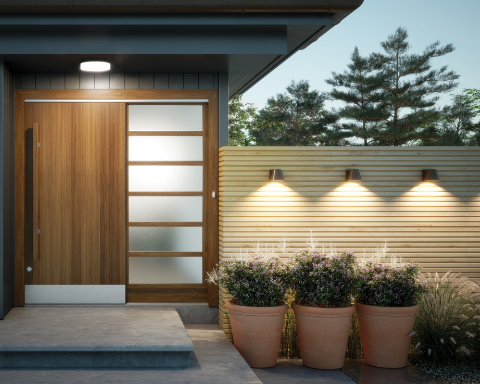Free Ground Shipping on Orders Over $49 Details & Exclusions Excludes Curb Side Delivery (LTL). Lower 48 United States Only.
Jul 2, 2019
Installing Outdoor Lighting: Tips & Tricks for Different Fixtures
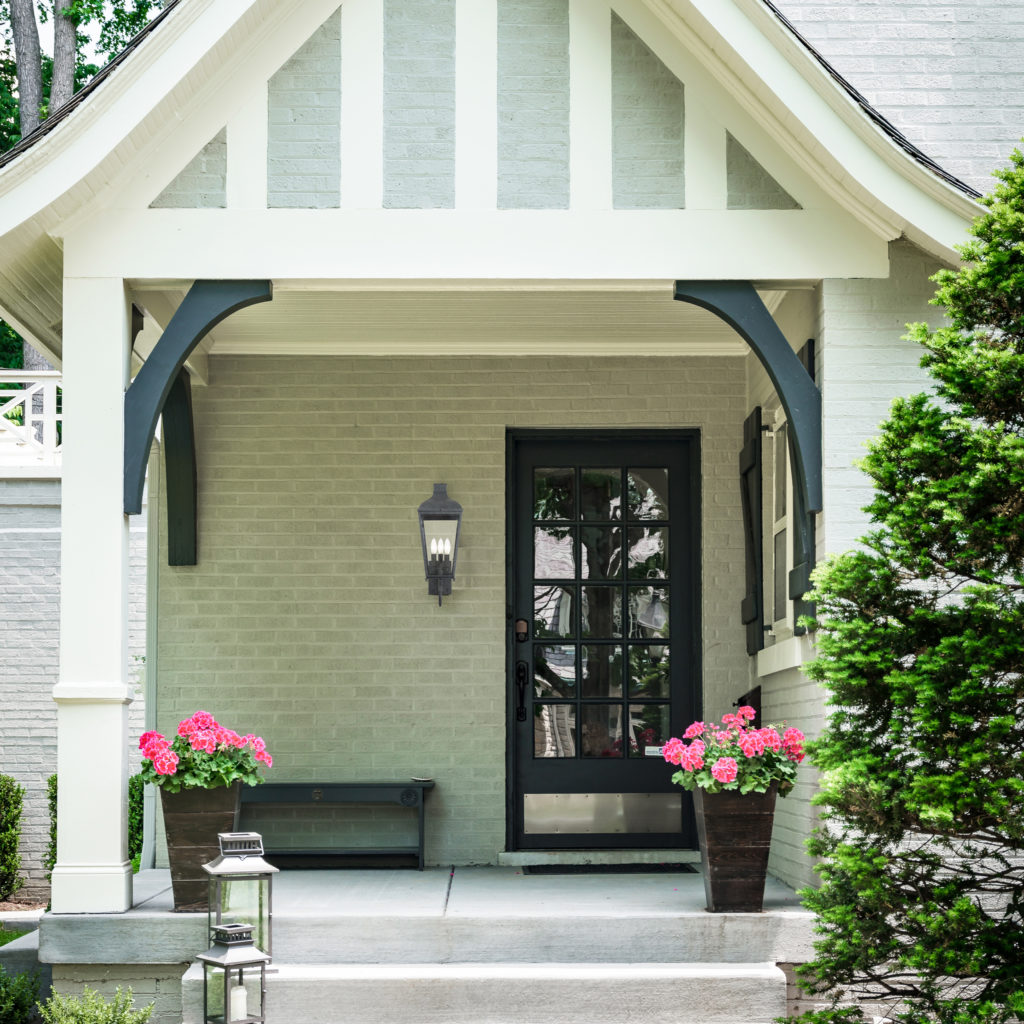
Believe it or not, installing outdoor lighting is a simple weekend project. You don’t need a professional electrician or even a home designer to get the job done. What you do need are some inspiration and a clear direction.
As you might have noticed from researching backyard lighting ideas, not all fixtures are created equally. Each type of light has its own set of standards and concerns. The guide below outlines the exact steps to take for replacing different types of outdoor light fixtures, including wall lights, pendants, lamp posts, and path lights.
Your Guide to Installing Outdoor Lighting
Wall Lights, Pendants, Lamp Posts & Path Lights
These tips and tricks will make it easy to install your upgraded front door lighting or brand-new patio pendant. That being said, if you don’t have any existing light fixtures to replace, go ahead and hire a certified electrician to set up your electrical box. With the initial wiring and switches in place, you can then take over the project.
Also note that no matter what type of fixture you’re installing, your first step is always to turn OFF the power supply. Locate the circuit box and switch off all power to the outside of your home.
Now, it’s time to get started.
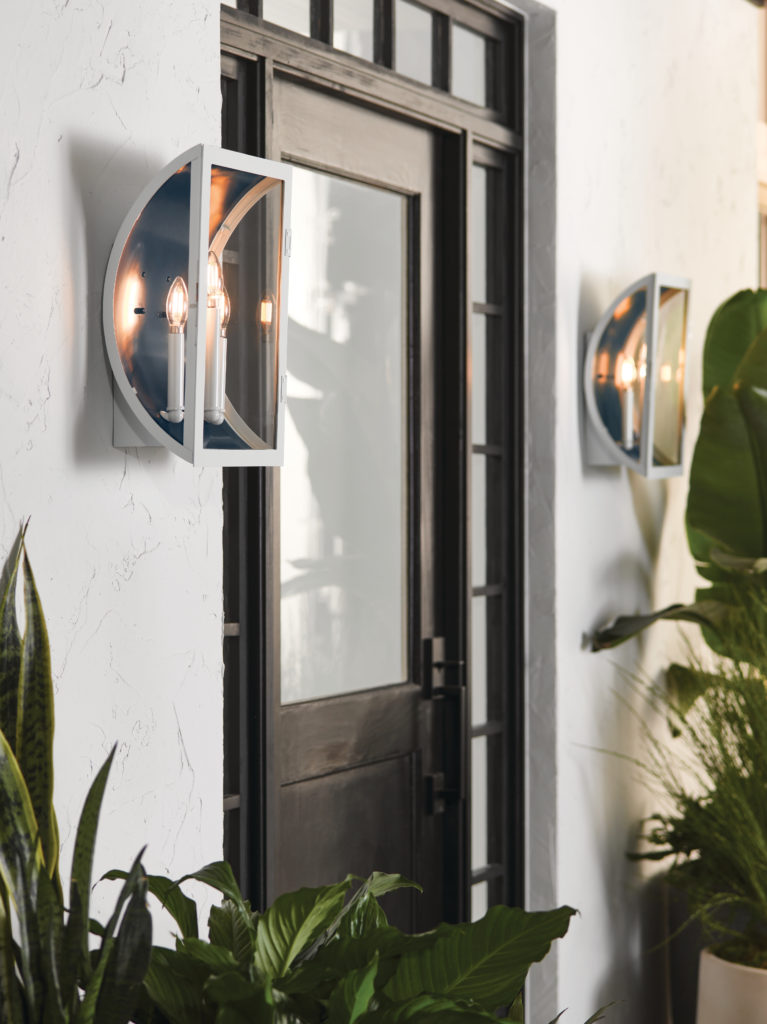
If You’re Installing Outdoor Wall Sconces…
Special Considerations
No one wants their light fixtures hanging in a flimsy fashion, especially when you’re trying to upgrade your front door lighting. It doesn’t look elegant and it is far from safe. Instead, the base of your wall-mounted lights should be attached flush against your wall.
For homes with a stone façade, this can be tricky to achieve. So you will need to spend the extra time chiseling out a small section of stone. This will give your electrical box a pocket to sit in, so your wall light rests right up against the stone and can be tightly secured in place.
Because you don’t want to chisel out too much of that precious stone, choose a pancake electrical box, which is thin and round (like a pancake).
Tools
- New light fixture
- Multi-head screwdriver
- Pliers
- Wire nuts
- Light bulb
- Electric gasket (optional)
Directions
1. Remove the old fixture.
The existing outdoor wall lights will be affixed to the wall either directly with screws or indirectly via a mounting plate. Use one hand to hold up the fixture or mounting plate, while you loosen the screws and disconnect the wires.
2. Connect the new wires.
With the old fixture out of the way, you can connect the new fixture to the electrical box. Follow the manufacturer’s instructions for wiring and use the wire nuts to securely connect the wires. Generally speaking: white connects to white, black to black and green to copper. The white wire is neutral, black is hot and green is grounding. Carefully, pack the connected wires inside the electrical box, so the fixture will sit flush against the wall.
3. Mount the new fixture.
Hold your new fixture up to the wall, positioning it so all screw holes match up. If your fixture came with its own mounting plate or bracket, you will screw that into the electrical box. Otherwise, mount the fixture directly to the wall. Using a screwdriver, tighten the screws until your wall light is flush and secure.
4. Add a light bulb.
There are a variety of light bulbs from which to choose. Just make sure your bulb fits within the guidelines of your light fixture. The Crystorama Dumont Outdoor Wall Light, for instance, holds a medium-base, 60-watt bulb. Since this fixture will be spending a lot of time outdoors, you may also want to install an electric gasket. These rubber rings go on before the bulbs to help weatherproof your light source.
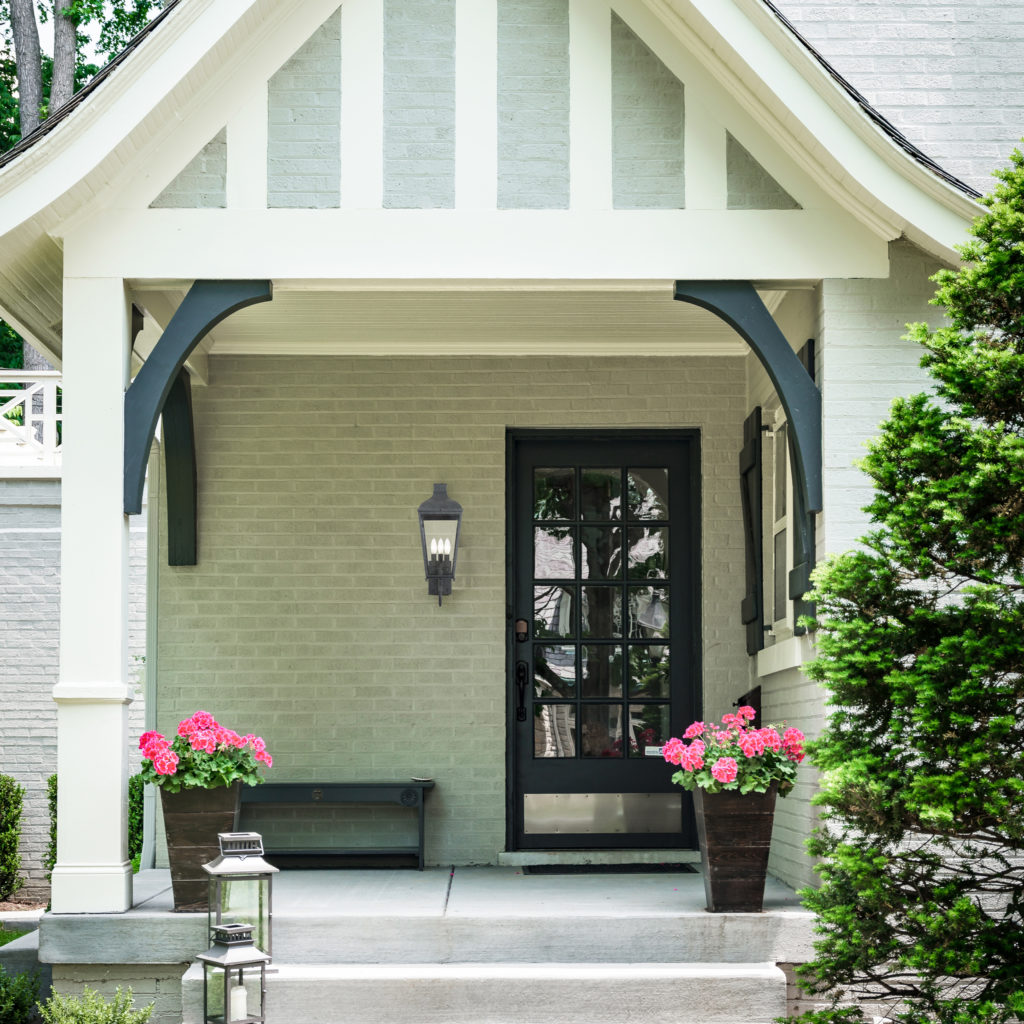
5. Turn it on.
Go back to the circuit breaker and turn on the power to your outdoor lights. This is the true test to see if your installation was successful.
If You’re Installing Outdoor Pendant Lights…
Special Considerations
Outdoor ceiling lights that hang require precise measurements when it comes to centering the fixture above your space. Once you know the amount of overhead space you have, you can adjust the length of the chain to fit accordingly.
For example, the Freeport Hanging Lantern by Hinkley Lighting can extend up to five feet, but you may only need it to hang a few inches below the porch ceiling. For reference, there should be at least seven feet of clearance between the bottom of the fixture and the ground.
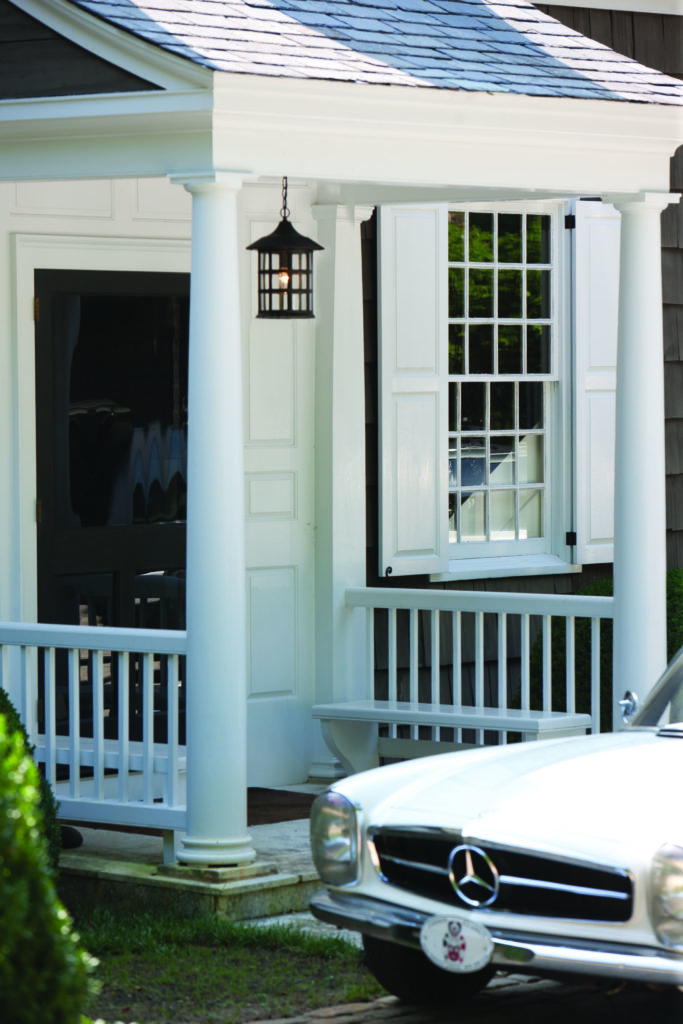
You’ll also want to choose a ceiling-specific junction box, as these are meant to support the weight of larger pendants or chandeliers. This detail will likely be ironed out by the electrician, but it never hurts to reconfirm it.
Tools
- Ceiling junction box (if new construction)
- Mounting strap (usually included in lighting kit)
- New light fixture
- Multi-head screwdriver
- Wrench
- Pliers
- Wire nuts
- Light bulb
Directions
1. Remove the old fixture.
Hold up the existing fixture while you loosen its mounting screws and disconnect the wires.
2. Replace the mounting strap.
Technically, you can attach the new fixture to an old mounting strap. However, if your new fixture came with its own, it’s best to unscrew the existing strap and use the new one.
3. Connect the new wires.
Follow the manufacturer’s instructions for wiring and use the wire nuts to secure them together. Carefully, pack the connected wires inside the junction box.
4. Hang the new fixture.
Pull the new fixture’s mounting stem through the mounting strap. Then, slide the pendant’s canopy up to the ceiling, as this will cover up all the mounting hardware. Twist the locknut on the canopy to tighten the fixture into place.
5. Add a light bulb.
The same rules apply, here. Shop for light bulbs that will fit the size and wattage of your pendant. Keep in mind, many outdoor hanging lights have exposed light bulbs. Even though the Freeport Hanging Lantern by Hinkley Lighting completely encloses its light bulb, the glass around it is clear. For fixtures like these, you might consider something with an interesting shape, like a globe or tubular bulb.
6. Turn it on.
Test your skills by turning on the power from your circuit breaker.
If You’re Installing Outdoor Lamp Posts…
Special Considerations
Replacing a lamp post is much simpler than installing one from scratch because you don’t have to worry about digging a deep trench to run the cable from your house to the yard. You may, however, have to dig out the old fixture and re-pour concrete. Assess your existing situation and determine how your lamp post is secured into the ground. This will determine the tools you need to move forward.
Tools
- New light fixture
- Multi-head screwdriver
- Wrench
- Wire cutters (optional)
- Shovel
- Quick-setting cement
- Water
- Bucket or wheelbarrow
- Pliers
- Wire nuts
- Light bulb
Directions
1. Remove the old lamp topper.
Removing an old lamp post is more involved than any other light because it is a two-part disassembly process. You, first, must remove the top portion of the fixture – the piece that attaches to the post. If there’s any glass in the topper, be careful dismounting it.
2. Cut the old wires.
To fully disconnect the topper, you will need to cut or untwist the wires that attach it to the post. You may need wire cutters for this if you cannot simply untwist them.
3. Remove the old lamp post.
With the topper off, you can safely remove the post from the ground. Use your shovel to dig around the base of the post and free it from the ground.
4. Insert the new lamp post.
Position the new post inside the hole you just dug up. Once it’s in place, run the cable through the new post, bringing it all the way to the top. Use a level to make sure the post sits plumb.
5.Pour concrete.
In a bucket or wheelbarrow, mix quick-setting cement with water. Fill the hole around your new post with this mixture. Let it set for at least 30 minutes.
6. Connect the new wires.
Using pliers and wire nuts, connect the electrical wires to the new lamp topper. As always, follow the manufacturer’s instructions for wiring.
7. Secure the topper.
Using your screwdriver or hands, tighten the screws and nuts on the lamp’s topper to secure it to the lamp post. Install any glass panels. In the case of the Loft by Hubbardton Forge, you would attach the metal cage to the post.
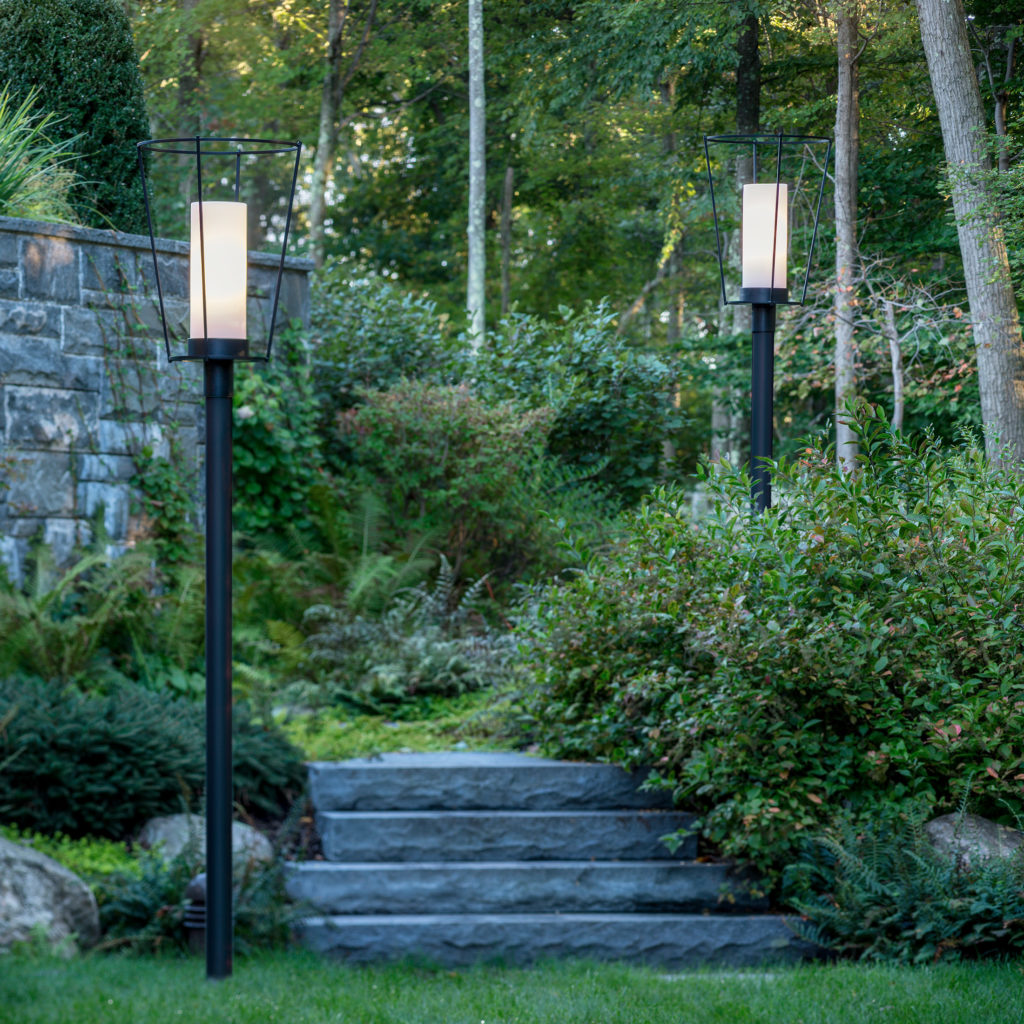
8. Add a light bulb.
Screw in the appropriate light bulb. LED bulbs are energy efficient and have a long life span, making them a savvy choice for outdoor lamp posts. With your bulb in place, turn on the power and test your work.
9. Top it off.
Once your bulb turns on, you are ready to finish the installation. Most outdoor lamp posts have covers for their toppers. The Loft Outdoor Post Lamp has a frosted glass shade, which goes over the light bulb and inside the metal cage.
If You’re Installing Path Lights…
Special Considerations
Like lamp posts, path lights require you to run a cable through your yard. The difference here is that you don’t have to dig a deep trench. You will, however, want to create a shallow grave in the grass for the cable to rest without becoming a tripping hazard. Even still, make sure you’re not digging near any city utilities or other electrical lines.
Another thing to consider is the type of path lights you have. Fixtures with line voltage require the help of an electrician to set up the wiring. Meanwhile, low-voltage fixtures simply need a transformer that connects to your home’s GFCI outlet. Low-voltage fixtures, like the Nexus Pathway Light by Hinkley, can be installed on your own. However, depending on the number of path lights you have, you may need multiple transformers to power all of them.
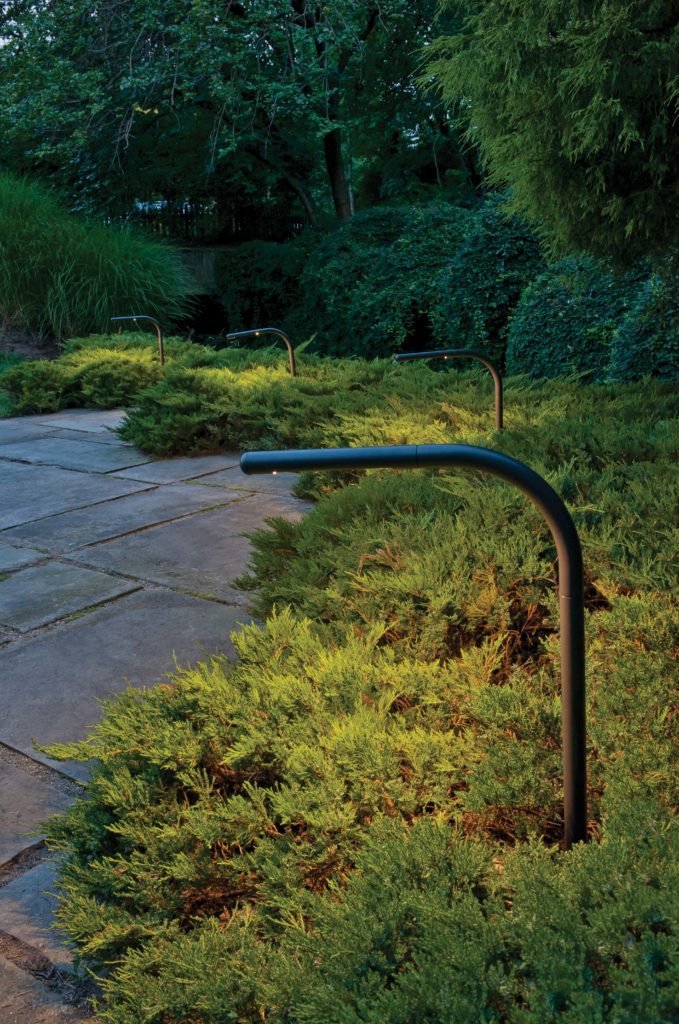
Tools
- Work gloves
- Garden trowel
- New light fixtures
- Cable connector
Directions
1.Assemble the path lights.
Following the manufacturer’s instructions, assemble the light fixtures.
2.Plan your placement.
Use a garden trowel to dig a shallow trench and mark where you want each of your path lights to stand, making sure there are about 10 feet between each one. You don’t want to overcrowd the light fixtures or clutter your lawn.
3. Connect each light.
Run the cable along the path you want your lights to go, and then use cable connectors to connect each light to the cable.
4.Bury the cable.
If you haven’t already, use the garden trowel to create a shallow trench, about two to three inches deep. Make sure you’re not digging close to any utility lines or sprinkler systems. If you’re in the clear, run the cable along this trench and gently push the cable into the ground. Avoid using any sharp objects or you risk cutting the cable.
5. Plant your path lights.
With fixtures fully assembled and connected, gently push them into their respective trenches.
6. Turn it on.
Take the power pack that came with your path lights and plug it into your home’s GFCI outlet. If everything is in working order, your walkway should be well-lit and easy to follow.
*Disclaimer: Although we are lighting professionals, we are not licensed electricians and the recommendations in this blog are for illustrative purposes only. Please consult a licensed electrician when undertaking any electrically involved home project.


